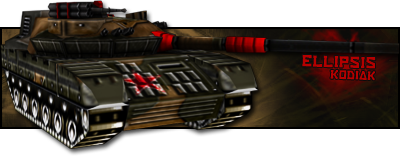Ok, since I can't be bothered to wait for any more replies, my next topic will be related to fireworks
Firstly some cool science, Vandaium has four different oxidation states, starting with the yellow in the small beaker

The zinc in the beaker reduces the vanadium into a series of oxidation states, with the purple as the final state.

Now when I was in college (aged 18, circa 1870) I did an experiment and managed to have all 4 in one boiling tube, however I neglect to have a photo.
In chemistry you can identify compounds by heating them in a dry form, this excites an electron into a new state, when this state decays, the electron emits a photon (or a series of). The light is particular to each state and thus can be used to identify unknown compunds.
Sodium burns with a persistent Yellow flame
Potassium is often contaminated by sodium (they are hard to separate) so looking through some blue cobalt glass can help people distinguish the pale violet of potassium.
Copper provides a green/blue flame and Barium is green.
Each of these and many more are used in fireworks, to give spectacular results and for the viewing public, a rather pleasing display from the United States

@ Redeemer, you could do an experiment showing the content of sodium and potassium in common table salt and then a low sodium brand such as 'lo salt'.
All you need is a clean copper wire, (preferably cleaned using HCl) then dip that in the compoud, and place in a hot bunsen burner flame, the sodium rich salt with burn bright orange, (you can clean your original wire but i recommend a separate on for the potassium rich salt) and show people the lilac through some blue glass, it's also possible to see the lilac at the edge of the blue plasma in a hot bunsen flame, this was my best trick at college, I didn't need the glass.
Make sure the wire you are holding is in some insulating material such as wood, since I don't want you to burn yourself.
Edit: My next topic will relate to microwaves
Edited by Dauth, 07 November 2007 - 14:01.




 This topic is locked
This topic is locked







